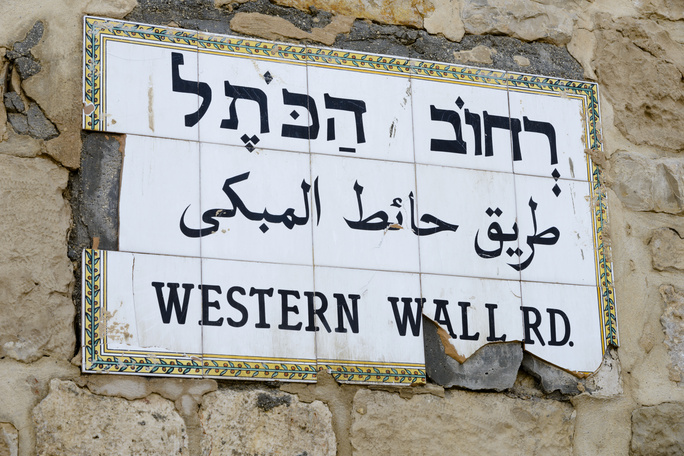Ancient Biblical Hebrew Alphabet
The depth of the Hebrew language is stunning. The ancient biblical Hebrew alphabet, sometimes referred to as Paleo Hebrew, was more of a pictographic script. Archeology has shown that each letter was a picture and had its own meaning.
Can we still recognize it today?
In English, we have letters like A, B, C, D. These letters don’t have an individual meaning, but when we combine them into a word like BEAD, we understand the word.
While there are still many unknowns, it appears that in ancient Hebrew the meaning of each “letter” carries its meaning into the word. That is to say, individual letters affect the meaning of the root word that it forms. Then, of course, the root word impacts the meaning of any word that it forms.
What is a “Root Word”?
What’s special about the Hebrew language?
No other language on earth communicates the way Hebrew does. In English, we know what a pineapple is. But it has nothing to do with a pine or an apple. Where am I going with this? Let’s look at some examples.
In Numbers 15, God commanded Israel to make “tassels” (“tsiysith”- pronounced “tzi-tzit”) on the edges of the garments. It was to remind them to follow God’s ways. The root word for tassels is “Tsiyt” (pronounced “tzit”) and means “blossom.”
Just as a blossom (tsiyt) is a sign that fruit is being produced, the tassels (tzi-tzit) were a reminder. The wearer needed to blossom with God’s goodness and follow His ways.
This one simple example points to something very significant. To a Hebrew reader, the Bible is full of word plays, puns, and rhymes. They intend to help the hearer remember and learn. That’s how the Bible was designed to begin with. It was intentional. However, many of these were lost in translation.
The Tangibility of the Biblical Hebrew Alphabet
Because the ancient Hebrew letters were pictures, everything in ancient Hebrew can be explained by something that is tangible. In the time of Abraham or Moses, if what God was communicating did not relate to something that interacted with the five senses, it didn’t exist.
This communicates to us that God is extremely practical and wants us to understand. Certainly He does not give us spiritual knowledge that does not relate to our “real world”. Instead, He uses our world to communicate! He points to tangible things to express what He is like.
Jesus taught in the same way, for example in Matthew, chapters 5-7: You are the salt of the earth. Or, look at the birds. And, consider the lilies. Everything from God is practical, useful and to help us in our everyday lives.

Reviving the Ancient Hebrew Language
While these things are unique and amazing when compared to other languages, here is the true miracle. No other dead language in history has been revived for common usage except for Hebrew.
Scholars may know and understand ancient Chinese or old Aramaic. They can decipher many hieroglyphs and even write in Latin. But they are no longer in common use and no one talks in them at home. Unlike Hebrew – which is used an thousands of households, and it is used so commonly that it’s even developing its own slang!
And, it just so happens that the nation of Israel today uses the same language that 2/3 of the Bible is written in. It is the very language that God choose to use to communicate His character to the world. The Bible even promised that He would revive it.
Alphabet, as in Aleph-Bet
For then I will restore to the peoples a pure language that they all may call on the name of the Lord, to serve Him with one accord. Zephaniah 3:9 (NKJV)
What is startling about this promise is that the preceding verse contains every letter of the Hebrew aleph bet (alphabet), including the five final forms (sofits). There is no other verse in Scripture that shares the same characteristic with the ancient Hebrew alphabet.
Since Hebrew is the only language in history to ever be restored, this verse has been fulfilled in the last 100 years. In early 1900s, Hebrew was still considered a dead language.Today, millions are learning and studying it (you can, too!).
Moreover, millions are using it at home, at work, shopping and in every possible interaction. Can you imagine that there are even people who don’t speak any other language – other than Hebrew?
In result of this “revival”, the Church’s understanding of God – from Genesis to Malachi as well as the teachings and traditions of Yeshua – has grown exponentially. After all, He was a Hebrew speaking Rabbi from Nazareth.
This is yet another gift that we have received today from the revival of the nation of Israel.

7 Hebrew Words Every Christian Should Know: Free PDF Download
With the use of the Hebrew language God revealed Himself to mankind. This ancient tongue held the greatest spiritual truths that guided our lives through the ages. And in each generation, they are discovered anew.
We know the Bible can be hard to understand and you want to get more out of it. Which is why we want to teach you seven Hebrew words that will transform the way you read the Bible.
Articles Related to The Biblical Hebrew Alphabet and the Hebrew Language
- Hebrew Words and Meanings – What You Should Know
- What Does Messiah Mean in Jewish & Christian Traditions?
- No Man Can See My Face and Live: Seeing God’s Face
- Member Highlight: The Bible Society in Israel
- Jacob I Loved, Esau I Hated – Hebrew Word for Hate
Estimated reading time: 4 minutes

